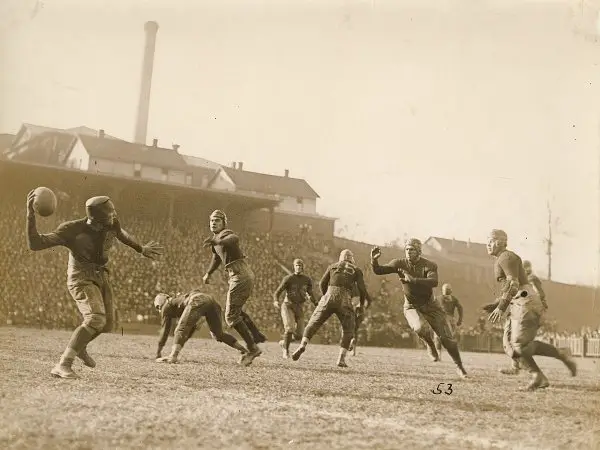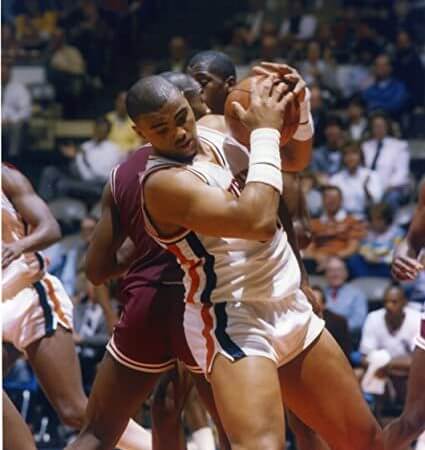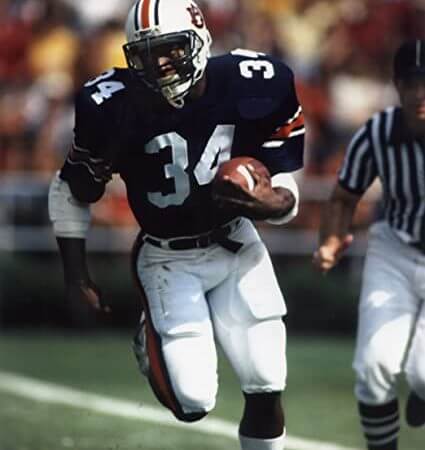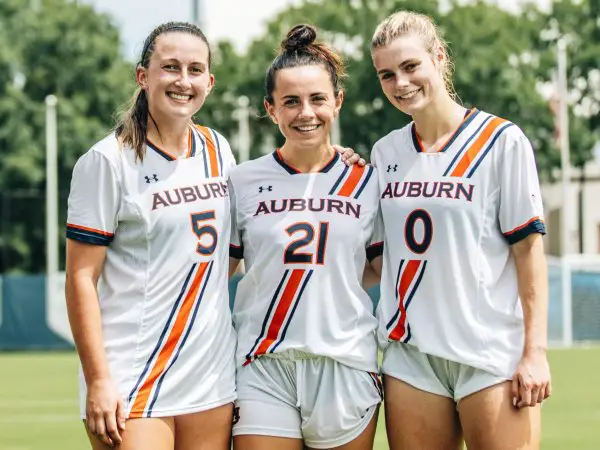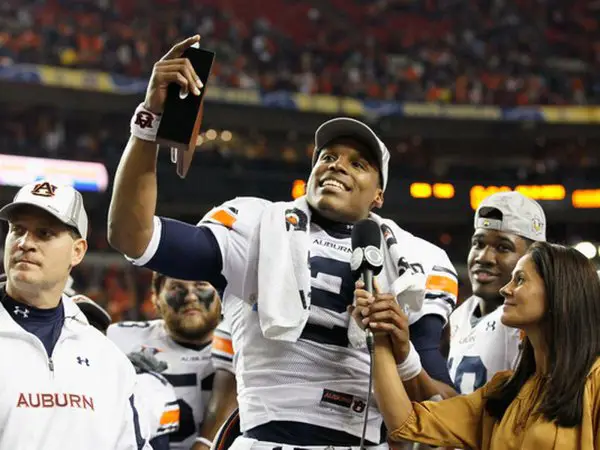
College Sports Established
1921
Location
Auburn, Alabama
College Name
Auburn University
Collegiate History
1973 - Present / NCAA Division 1
1921 - 1973 / University Division of the NCAA
Conference History
1932 – Present / Southeastern Conference
1921 – 1932 / Southern Conference
Nickname
Tigers - The Auburn Tigers are among the most recognizable college sports teams in the United States. Their nickname is instantly recognizable, but few people know its origins. The story behind how this iconic team got its name is a fascinating one that all sports fans should learn about!
Auburn's nickname dates back to 1892 when an alumnus and former football player, George Petrie, returned to his alma mater as head coach. He was determined to make a lasting impression on the university and wanted something special for his team’s identity – so he chose “Tigers” as their mascot!
Several sources had inspired Petrie: firstly, Harvard University, which was known at that time as “the Crimson Tide”; secondly, Princeton University, whose teams were called "Tigers"; thirdly, William Tecumseh Sherman's famous march through Georgia, during which he declared war upon any animal or creature resembling a tiger; and finally by an old poem written in 1856 titled "The Tiger" which spoke of courage and strength - perfect attributes for any athletic team!
Petrie ensured every detail was perfect - even down to designing uniforms with orange stripes like those found on tigers living in India (which also happened to be close enough in color scheme with school colors). From then onwards, anyone associated with Auburn Athletics has proudly worn these distinctive uniforms while rooting for their beloved Tigers both on-and-off campus.
Today we can see evidence of this rich heritage everywhere: whether it be students wearing orange gear around campus or alumni attending games dressed up like tigers themselves – they will always support their adopted mascot no matter what side they may find themselves cheering for come game day! So next time you hear someone mention the mighty Auburn Tigers, remember where it all began – thanks mainly due to Mr. George Petrie, who helped create such an enduring legacy over 125 years ago now... Go AU!!
NCAA Championships
Baseball 0
Men's Basketball 0
Women's Basketball 0
Football 0
Soccer 0
- 1892
- 1932
- 1984
- 1985
- 2002
- 2010
-
Auburn plays its first intercollegiate football game
In 1892: Auburn plays its first intercollegiate football game against Georgia and wins 10-0 -
Auburn becomes one of the founding members of the Southeastern Conference (SEC)
In 1932: Auburn becomes one of the founding members of the Southeastern Conference (SEC) and wins its first SEC title in 1957 -
Auburn’s Charles Barkley
Barkley played collegiate basketball at Auburn for three seasons. Although he struggled to control his weight, he excelled as a player and led the SEC in rebounding each year. He became a popular crowd-pleaser, exciting the fans with dunks and blocked shots that belied his lack of height and overweight frame. It was not uncommon to see the hefty Barkley ... -
Auburn Tigers’ Bo Jackson
During his time playing for the Auburn Tigers football team, he ran for 4,303 career yards, which was the fourth-best performance in Southeastern Conference (SEC) history. Jackson finished his career with an average of 6.6 yards per carry, which set the SEC record (minimum 400 rushes). In 1982, Jackson’s freshman year, Auburn played Boston College in the Tangerine Bowl, where ... -
women’s soccer team and wins the SEC championship
1994: Auburn fields its first women’s soccer team and wins the SEC championship in 2002 -
Auburn wins its second SEC title in football
In 2010: Auburn wins its second SEC title in football in six years and defeats Oregon in the BCS Championship Game to claim its sixth national championship, recognized by the BCS. Quarterback Cam Newton becomes the school’s third Heisman Trophy winner and also wins the Maxwell
To qualify as the greatest player for this team, the player must have played one season for this team. If not, we will remove the player.
* verifies that player has played for this team as an added player by a fan.
History of the Tigers
Auburn's success began with its first head coach John Heisman who led them to an undefeated record from 1895-1899. This was followed by six conference titles between 1903 and 1913 under Mike Donahue’s leadership and four more titles over the next two decades under Ralph "Shug" Jordan’s direction beginning in 1951. In 1957 Jordan guided The Tigers to their first National Championship victory against Ohio State University at what is now known as “The Game of The Century." Under Pat Dye (1981–1992), Auburn won three SEC Championships (1983–1985) and four other divisional or conference crowns, making him one of only five coaches since World War II to win multiple SEC championships at any school.
In 2010 Gene Chizik took over for Tommy Tuberville, leading them back into contention for an unprecedented second consecutive BCS National Championship which they ultimately lost 22-19 against Oregon Ducks but still clinched another championship title after beating Virginia Cavaliers 43 - 24 at the 2011 BCS National Championship Game.
Today Gus Malzahn continues this legacy, having taken home two divisional titles while also reaching both the 2017 Sugar Bowl & 2018 Music City Bowl Games during his time coaching so far. He has continued building upon past successes, helping ensure that The Tiger tradition lives on year after year!


